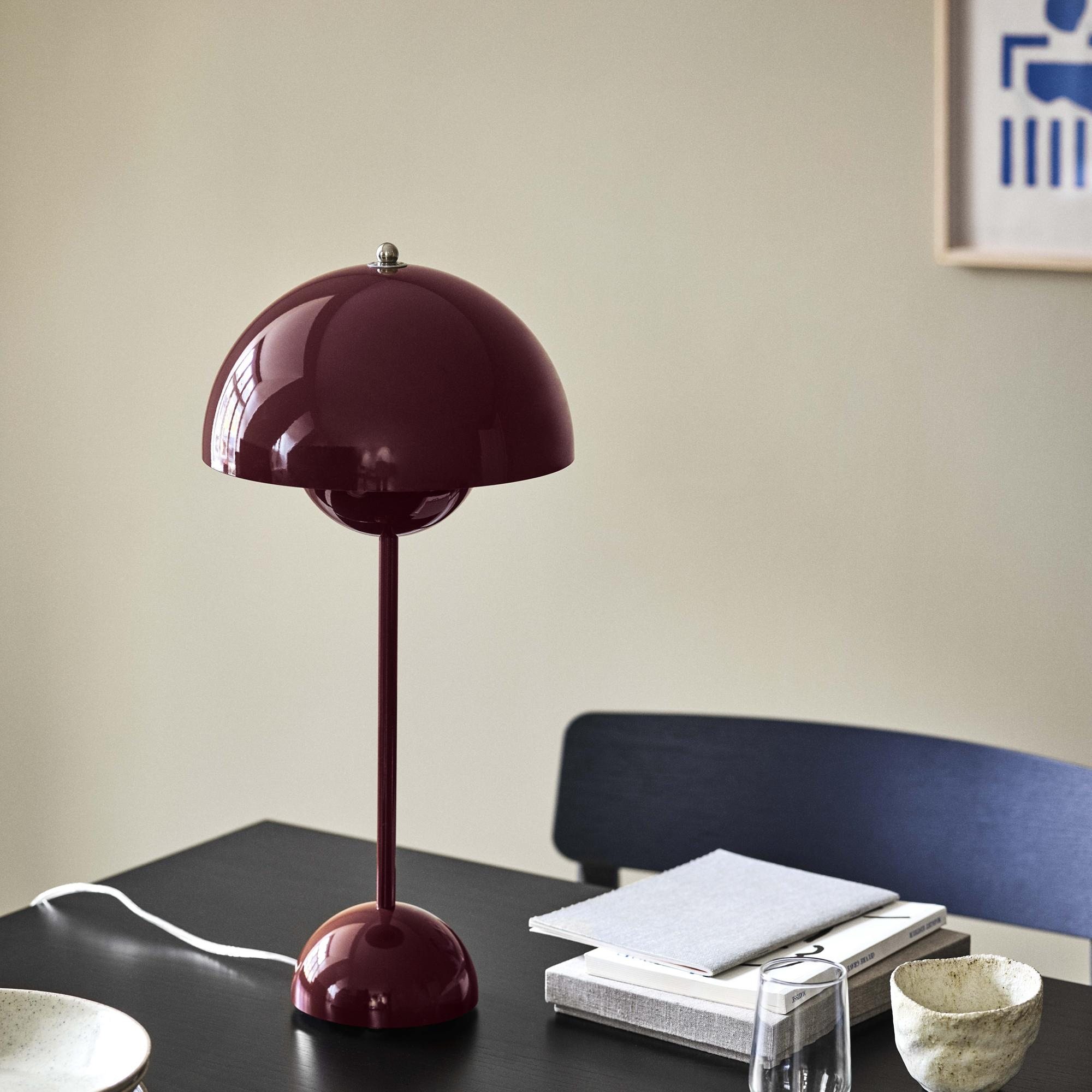
Glowing and Radiant: Exploring the Magic of Neon Light Sticks
Neon light sticks are a popular and mesmerizing accessory, often used for parties and events to create a unique atmosphere. They are small plastic tubes that contain a chemical solution and a small glass vial of another chemical. When you bend the stick, it breaks the glass, releasing the chemicals and creating a bright and colorful glow. These light sticks have been used for a variety of purposes, including entertainment, safety, and military applications. In this article, we will explore the science behind neon light sticks, their history, and how they are used today.
The Science behind Neon Light Sticks
The science behind neon light sticks is based on a chemical reaction known as chemiluminescence. This is where energy is released in the form of light during a chemical reaction. In the case of neon light sticks, the reaction occurs between two separate chemicals, known as a fluorophore and a diphenyl oxalate. When these two chemicals mix together, they produce a chemical reaction that releases energy in the form of light.
The glow from a neon light stick is created by a chemical reaction between a fluorescent dye and hydrogen peroxide. The fluorescent dye is contained in the plastic tube along with the hydrogen peroxide. The small glass vial containing the diphenyl oxalate is housed inside the tube, and is separated from the fluorescent dye by a thin glass barrier.
When you bend the tube, the glass vial breaks, releasing the diphenyl oxalate. This mixes with the hydrogen peroxide, which causes the fluorescent dye to emit energy in the form of light.
History of Neon Light Sticks
The origins of neon light sticks can be traced back to the early 1960s, when a chemist named Edwin Chandross was working for Bell Labs. He was experimenting with a chemical reaction known as chemiluminescence, when he stumbled upon the idea of a glow stick.
Bell Labs then licensed the technology to a company named American Cyanamid, which started producing neon light sticks for the military. They were used to identify soldiers on the battlefield, as they provided a low level of light that did not give away their position.
The neon light stick soon became popular in the civilian world, and was used for a variety of purposes. They were used as party favors, for camping, and as safety devices during blackouts and emergency situations.
Uses of Neon Light Sticks Today
Today, neon light sticks are commonly used at concerts, festivals, and other events to create a fun and unique atmosphere. They are also used as safety devices in emergency situations, such as during power outages or natural disasters. They are often used for military and law enforcement purposes and are helpful in signaling, marking and identification in places where a sudden light source is needed, but a fire or flame would be dangerous.
Neon light sticks are also popular with outdoor enthusiasts, as they are a lightweight and easy-to-use lighting source. They are also great for camping trips, as they are safe to use in tents and provide enough light to see without disturbing the natural environment.
Neon light sticks are a simple yet fascinating invention that have become a staple in party and event planning, as well as safety and military applications. From their origins in a Bell Labs laboratory to their modern-day uses, these glowing devices are a testament to the power of science and innovation. Whether you are hiking in the woods, dancing at a concert, or simply looking for a fun new accessory, neon light sticks are an excellent choice for adding a little color and excitement to your life.


